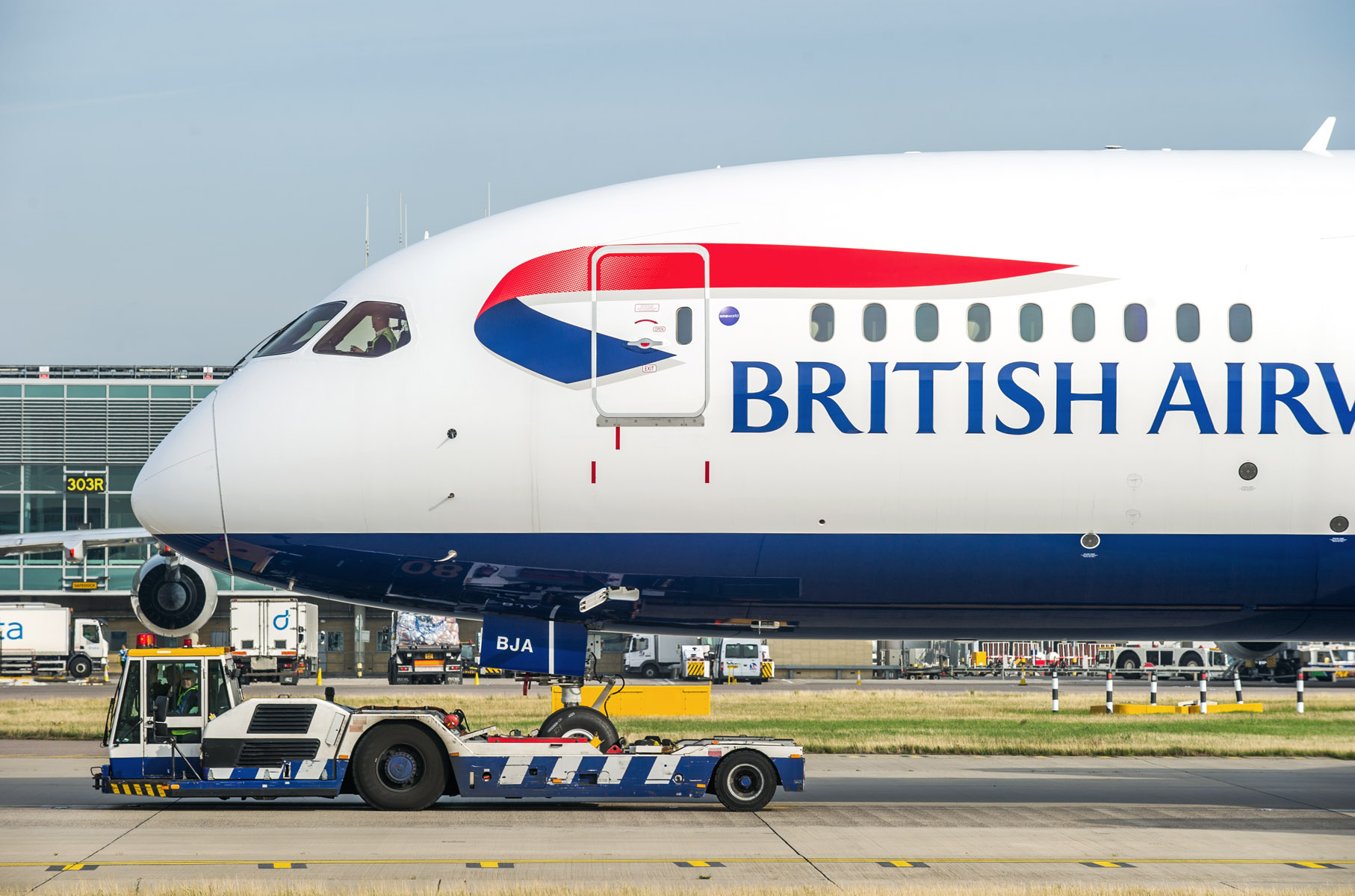Rising Costs Catch Up to Spirit Airlines
Skift Take
The upward momentum of Spirit Airlines may be starting to slow down.
The airline reported a rise in cost per available seat mile, excluding fuel (CASM-ex in airlines lingo) of 2.4 percent compared to a year prior in an earnings release Wednesday, while overall revenue was somewhat soft, worrying investors. Spirit pointed to rising wages and benefits for crew members, rising fuel prices, as well as temporary setbacks from weather and a late Easter holiday.
In addition, the airline will be dealing with ongoing construction costs at one of its major hubs in Ft. Lauderdale, Florida, and seems to be struggling with weaker demand in off-peak times outside of its key routes.
Revenue for the quarter was $855.8 million compared to $704.1 million a year prior, slightly missing expectations. Revenue per available seat mile increased 4.1 percent compared to last year, missing the airline’s fourth quarter guidance of 5 percent. Spirit’s stock dropped over 8 percent after market open Thursday.
“Passenger yields softened at the end of March and through first half of April, except during Easter,” said Spirit Airlines CEO Ted Christie in an earnings call Thursday. “We believe pricing softness is largely transitory, and May will be as expected, and June looks encouraging.”
Christie said the late Easter holiday created a trough period between March and April, where demand dropped off. To make matters worse, a storm in Florida around the holiday caused the airline to cancel over 300 flights. Christie admitted that it took the airline longer than it should have in order to return operations to normal.
“We acknowledge that there’s room to continue to improve. For example, the storm we went through, we haven’t seen that level of ground stop in Florida except for a hurricane. It took us a day longer to recover than we needed to,” he said, adding that an improvement in technology later this year would help in the future.
In addition to these difficulties, one of two runways in Fort Lauderdale-Hollywood International Airport will be under construction for roughly 120 days, starting June 3 and running into September. To prepare for this, the airline is adding extra crew and spare aircraft to Fort Lauderdale, which will be a further stress on costs.
“It’s going to be a challenging summer for us,” said John Kirby, Spirit’s vice president of network planning. “Fort Lauderdale is big piece of the network.”
The airline also plans to shift flight routes, allowing for higher capacity in focus cities with more demand. On less popular routes, the airline often has to lower ticket prices in order to stimulate sales, and Christie acknowledged it is not always worth the investment, especially when overall costs are higher.
The low-cost carrier implemented a fare increase across multiple routes on April 11. While the increase in flights with already high and mid-level prices stuck, the airline had to roll back increases in flights with lower prices.
Spirit also expects ticket revenue to be lower during the fall period, in part because of rising fuel prices. Again, the airline plans to add more capacity to certain flight routes in order to leverage costs, but investors worry this points to a larger problem of softening demand for less popular flights.
Technology and Loyalty
However, the airline has made longer-term investments in technology and loyalty programs, which it expects will pay off toward the end of the year and into 2020.
It has deployed a more sophisticated kiosk and bag-drop system, as well as upgrades in other facilities. These upgrades have already improved on-time performance and customer satisfaction for the airline.
Later in the year, it plans to implement technology that will allow for automatic crew assignment and reassignments, making operations more efficient.
In addition, Spirit will be revamping its loyalty plan by the end of the year, admitting that the program has been performing badly in recent quarters, even in comparison with other low-cost carriers.
One way it plans to improve performance in its loyalty program is through its new routes to midsize cities and large constrained metro areas, such as Indianapolis, Austin, and Raleigh, where there is more opportunity to add members.
With these changes, the airline hopes to win back customers who have had bad experiences in the past, according to Matt Klein, chief commercial officer for the airline.
“Our goal right now is to be in the leisure customer’s consideration set,” Klein said. “We want on-the-fence customers to reconsider us. We had issues in the past, and we’re still overcoming that. It’s about reconnecting with leisure customers who did not have good experience with us.”
In addition to this, the airline has had success with its dynamic pricing strategy and bundles for non-ticket products, continuing on its success from last quarter.
More Numbers
Operating margins came in at 10.3 percent for the quarter, compared to 7.3 percent the same quarter a year prior. Adjusted earnings per share was 84 cents, in line with analyst expectations. Net income came in at $56.1 million, compared to a loss of $44.9 million a year prior.




